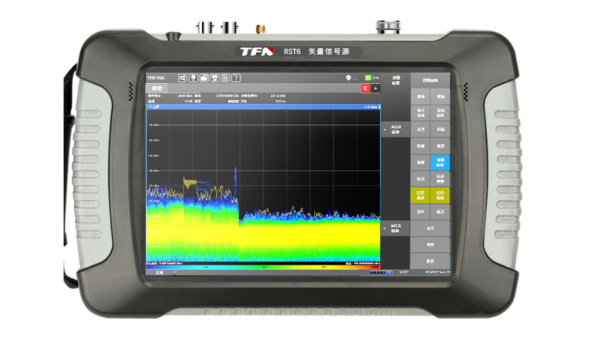What is a vector signal source? In what fields are they used?
As a high-precision, versatile signal generator, vector signal sources play a vital role in modern communications, radar, electronic countermeasures, and scientific research testing. They can not only generate complex modulated signals but also support multiple communication standards and custom waveforms. They are widely used in a variety of fields, including military, manufacturing, scientific research, and education.
Principles and Functions of Vector Signal Sources
A vector signal source generates complex signals with amplitude, frequency, and phase modulation by simultaneously controlling both the amplitude and phase of the signal. Unlike conventional signal sources that only support analog modulation, vector signal sources feature IQ modulation and can output wideband vector modulated signals. They support a variety of communication standards, including LTE, Wi-Fi, Bluetooth, and NB-IoT. They also feature arbitrary waveform generation, allowing users to flexibly simulate various real-world signal environments by editing waveforms and setting parameters.
For example, the TFN RST6 series handheld vector signal source offers a 40MHz modulation bandwidth and supports high-order modulation up to 4096 QAM. It can simulate the latest protocols such as Wi-Fi 7 and generate specialized signals for radar and navigation simulations.

Key Test Parameters
A high-performance vector signal source typically has the following key parameters:
- Frequency range: e.g., 50 MHz to 6 GHz;
- Frequency accuracy: up to ±0.28 ppm;
- Output power range: typically -55 dBm to +10 dBm;
- Modulation bandwidth: up to 40 MHz;
- Phase noise: ≤ -120 dBc/Hz (e.g., 1 GHz carrier, 10 kHz offset);
- Supported modulation types: including analog and digital modulation methods such as AM, FM, PM, QPSK, and QAM.
These parameters directly affect the signal source's applicability and test accuracy, and are crucial indicators for evaluating device performance.
Application Scenario Overview
Military and Defense
In the military sector, vector signal sources are used for radar anti-interference testing, electronic warfare simulation, and satellite-borne equipment performance verification. Their wide bandwidth, high precision, and powerful signal simulation capabilities enable highly realistic simulation of complex electromagnetic environments, enhancing equipment's combat capabilities.
Communications Manufacturing and R&D
In base station and terminal RF conformance testing, vector signal sources can simulate various communication standard signals (such as 5G, Wi-Fi 6E, and Bluetooth 5.2), facilitating product verification and optimization.
Research and Education
Universities and research institutes use vector signal sources for communication protocol research, signal processing algorithm development, and new system signal simulation, promoting cutting-edge technological innovation and talent development.
Production and Maintenance
In the production and maintenance of microwave devices and modules, vector signal sources can output a variety of standard and non-standard signals for equipment performance testing and fault diagnosis.
In summary, with their excellent signal generation capabilities, high-precision parameters, and wide application compatibility, vector signal sources have become an indispensable tool in modern electronic testing and R&D. As communication technology continues to evolve, its functions and scope of application will be further expanded.
